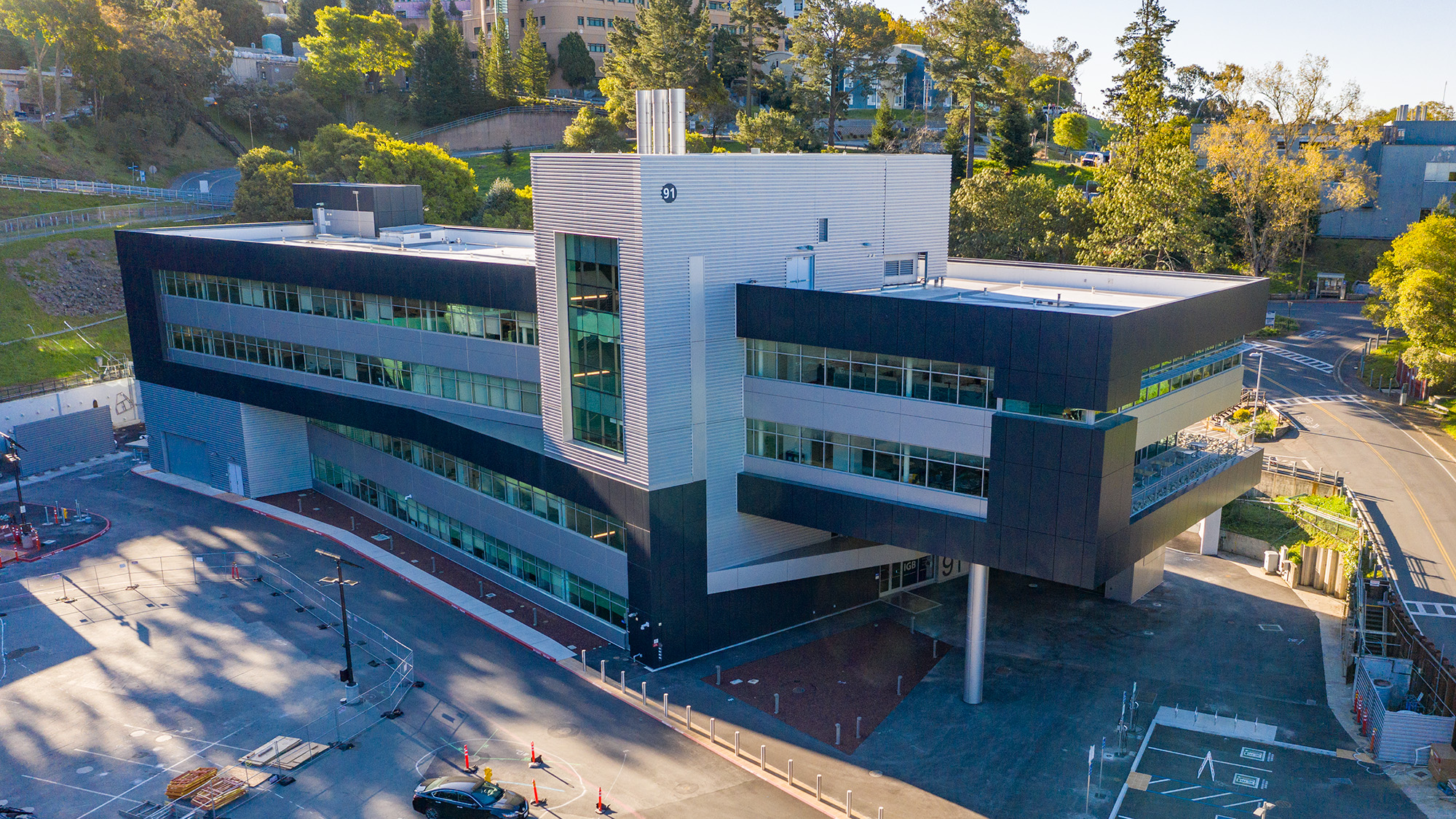
Photo credit: Thor Swift / Lawrence Berkeley National Laboratory
What is a Smart Lab?
Smart Labs enable safe and efficient world class science to occur in laboratories through high-performance methods. A Smart Labs program employs a combination of physical, administrative, and management techniques to assess, optimize, and manage high performance laboratories. A smart lab program designs and operates labs based on containing ventilation risk as determine by a ventilation risk assessment. Additional methods include:
Use Harvard's Smart Labs Checklist to assess your lab's condition.
- Containing hazards within exposure control devices (ECDs) such as fume hoods and providing ventilation to the lab from a HVAC system with high ventilation effectiveness;
- Using dispersion modeling to determine the location, height and discharge velocity of exhaust stacks and intake air systems to limit re-ingestion of toxic fumes below an established design criterion;
- Using controls, software and sensors to make building systems dynamic and smart with precision demand-based HVAC control zone-by-zone with data stream with commissioning;
- Optimizing exhaust fan discharge velocity by incorporating a low fan energy design including a low pressure drop design;
- Using high efficacy lighting systems and controls to achieve low lighting power density.
The Smart Labs Process and Toolkit
The Smart Labs Toolkit helps organizations implement a Smart Labs program by following distinct phases that include specific tasks and resources proven to deliver high performance labs, support efforts of key stakeholders, and maximize benefits for the organization. The phases and tasks described herein can be undertaken to mitigate risk, reduce waste, and provide safe and productive workplaces.

Refer to this Smart Labs Checklist for an overview of specific tasks outlined in the Smart Labs Toolkit for each phase of the Smart Labs approach: Plan, Assess, Optimize, and Manage.
- Plan
Form a team comprised of lab stakeholders, profile buildings to rank opportunities and prioritize efforts, and then develop a strategic plan for cost-effective implementation.
- Assess
Review the laboratory ventilation system and other building systems and develop a scope of work for optimizing systems.
- Optimize
Execute meaningful projects to improve building systems in laboratories.
- Manage
Implement a lifecycle performance management plan to continue to achieve safe and efficient labs.
Get oriented on the Toolkit by listening to the "Get Smart (Labs): Results from the Better Buildings Smart Labs Accelerator".
Although this Toolkit is applicable to any building or critically controlled environment, it focuses on optimizing performance of laboratories. The majority of the toolkit process is written with existing laboratories in mind. To learn about how to apply the toolkit to new construction, check out the new construction page.